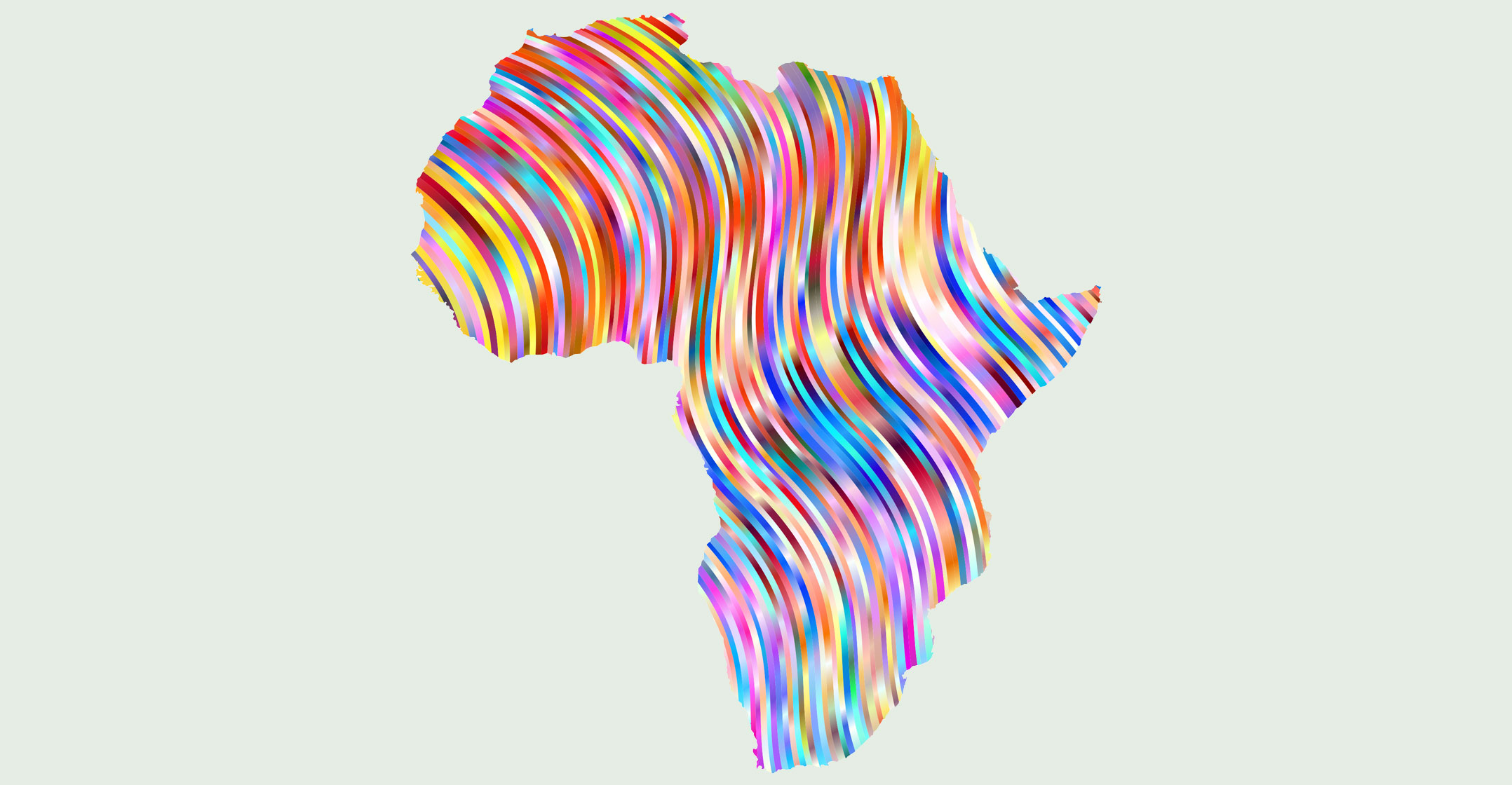 Amid trade tensions between the US, China and Europe, and the UK’s fraught departure from the European Union, African leaders are moving in the opposite direction to establish the world’s largest free-trade zone. Talks on driving forward the African Continental Free Trade Area that stalled with the onset of the coronavirus pandemic are being revived by the African Union, but there is some way to go. A fully implemented deal could cover a market of more than 1.2 billion people with a combined GDP of US$2.5-trillion.
Amid trade tensions between the US, China and Europe, and the UK’s fraught departure from the European Union, African leaders are moving in the opposite direction to establish the world’s largest free-trade zone. Talks on driving forward the African Continental Free Trade Area that stalled with the onset of the coronavirus pandemic are being revived by the African Union, but there is some way to go. A fully implemented deal could cover a market of more than 1.2 billion people with a combined GDP of US$2.5-trillion.
1. Who’s in the free-trade agreement?
Just about the entire African continent. Fifty-four of the 55 nations recognised by the African Union have signed on to the organisation’s initiative to liberalise intra-African trade in goods and services. Eritrea, which has a largely closed economy, is the sole holdout. More than half of the signatories have ratified the deal.
2. What’s the aim?
To lower or eliminate cross-border tariffs on 90% of goods, facilitate the movement of capital and people, promote investment and pave the way for a continent-wide customs union. It will also create a liberalised market for services. Once members work out how to treat matters such as cross-border payments, telecommunications, transport and professional services, some countries will have to amend their domestic regulations to comply.
3. Has trading under the agreement started?
Not yet. The trade area entered into force in May 2019, four years after negotiations started, when the required minimum of 22 nations ratified it. The first commercial deal was supposed to take place on 1 July this year but didn’t because the coronavirus delayed discussions on so-called rules of origin — which determine the nationality of goods — and tariff concessions. The next round of talks will focus on competition policy, intellectual property rights and investment protocols. The African Union is shifting outstanding negotiations online and wants trading under the agreement to begin on 1 January, moving to full operation in 2030. Resolving all the outstanding issues in such a large and diverse group will be a tough ask.
 4. What are the potential benefits?
4. What are the potential benefits?
The World Bank sees the pact bolstering Africa’s income by $450-billion and lifting 30 million people out of extreme poverty by 2035, if it is accompanied by significant policy reform and measures to facilitate trade. In the near term, lower trade costs could help the continent mitigate output losses of between $37-billion and $79-billion due to the coronavirus outbreak in 2020, according to the Washington-based lender. It expects Ivory Coast and Zimbabwe, where trade costs are among the region’s highest, to benefit the most from the agreement, with income set to rise by 14%. Countries such as South Africa and Kenya — with larger manufacturing bases and better road networks, railways and ports — are most likely to gain from further regional integration, says Moody’s Investors Service. The benefits may be restricted in other countries because of poor infrastructure and non-tariff barriers such as cumbersome government regulation.
5. What are the possible hitches?
Tariffs are an important revenue source for many governments and are often used to protect domestic industries, so letting go of them will require some adjustment. Depending on the outcome of negotiations, South Africa and Nigeria, the continent’s largest economies, may have to eliminate 90% of their tariff categories over a five-year period. Others such as Ethiopia, Sudan and Zimbabwe may have to do so over 15 years. If history is any guide, implementation could take some time. The Tripartite Free Trade Area — a precursor of the AfCFTA that sought to combine the Common Market for Eastern and Southern Africa, the East African Community and the Southern African Development Community — has been under discussion for about a decade and still hasn’t fully gone into effect.
6. What’s intra-African trade like today?
Shipments account for about 15% of the continent’s total trade, compared to 20% in Latin America and 58% for Asia, according to the African Export-Import Bank. That share could more than double within the first decade of the AfCFTA, the bank estimates. The movement of goods has been hampered by non-trade barriers such as poor road and rail networks, delays at border posts and in some cases ill-trained or corrupt customs officials. Some experts say removing such hurdles could do more to boost continent-wide trade than the accord itself. — Reported by Prinesha Naidoo, (c) 2020 Bloomberg LP

